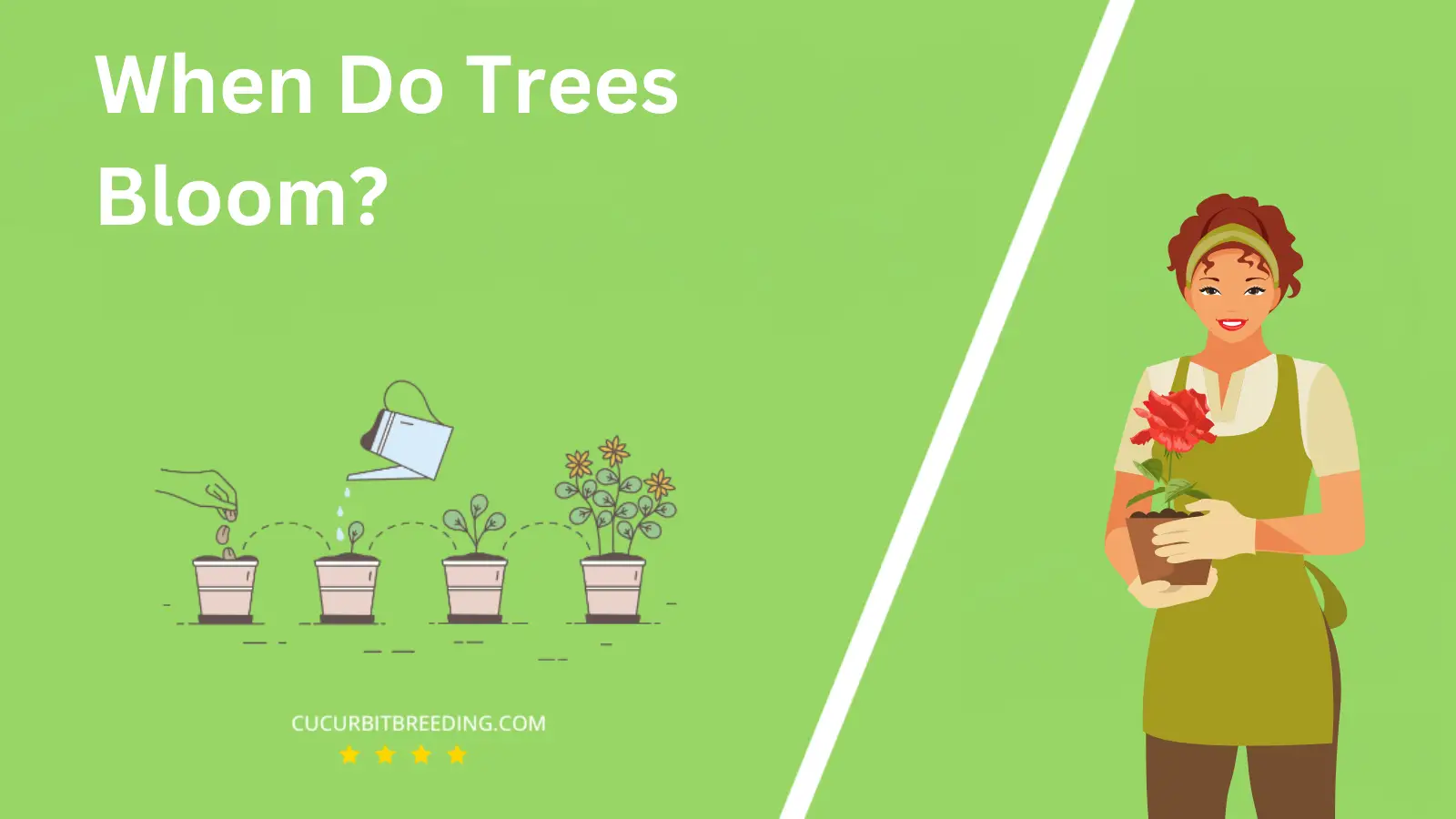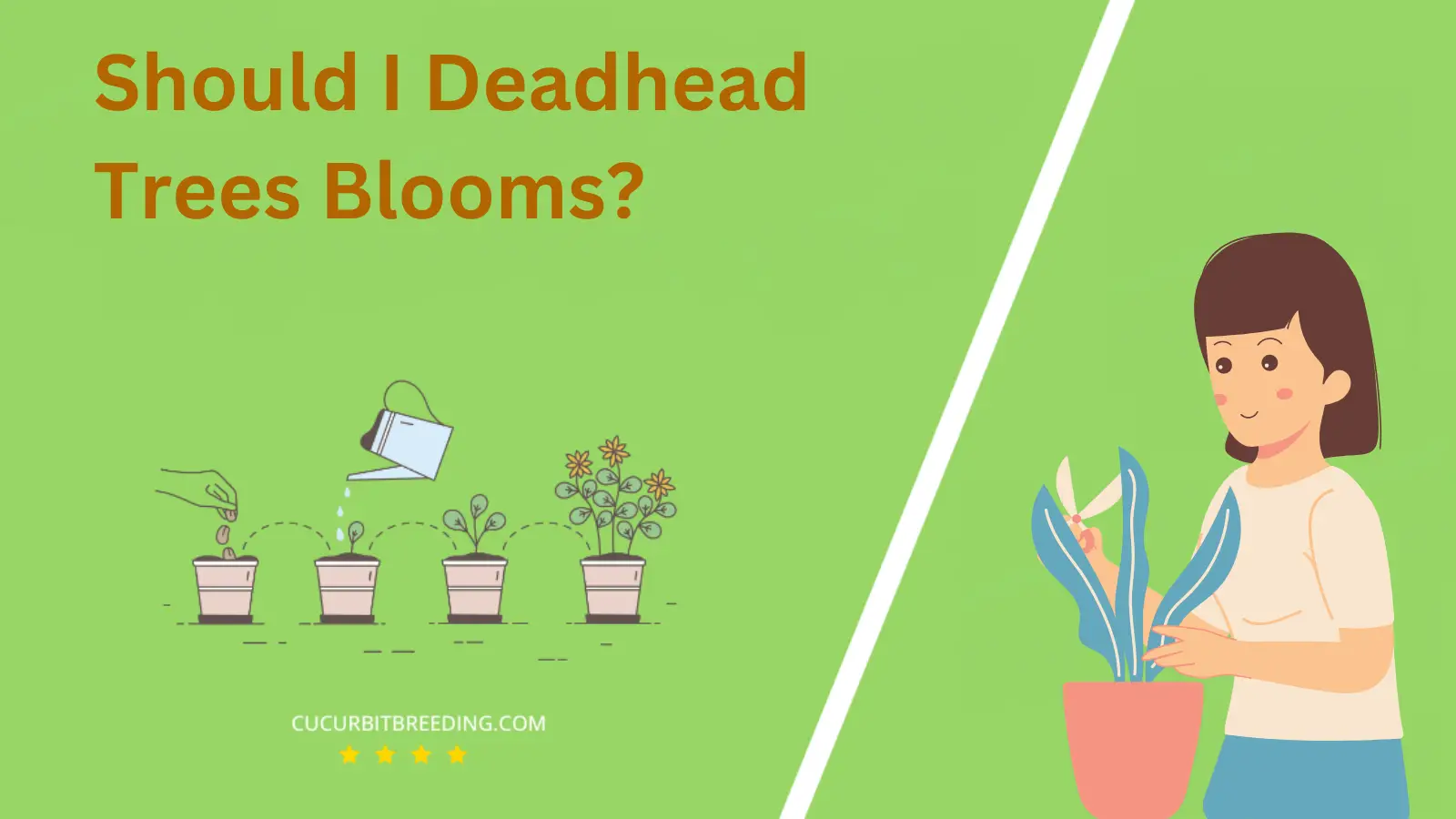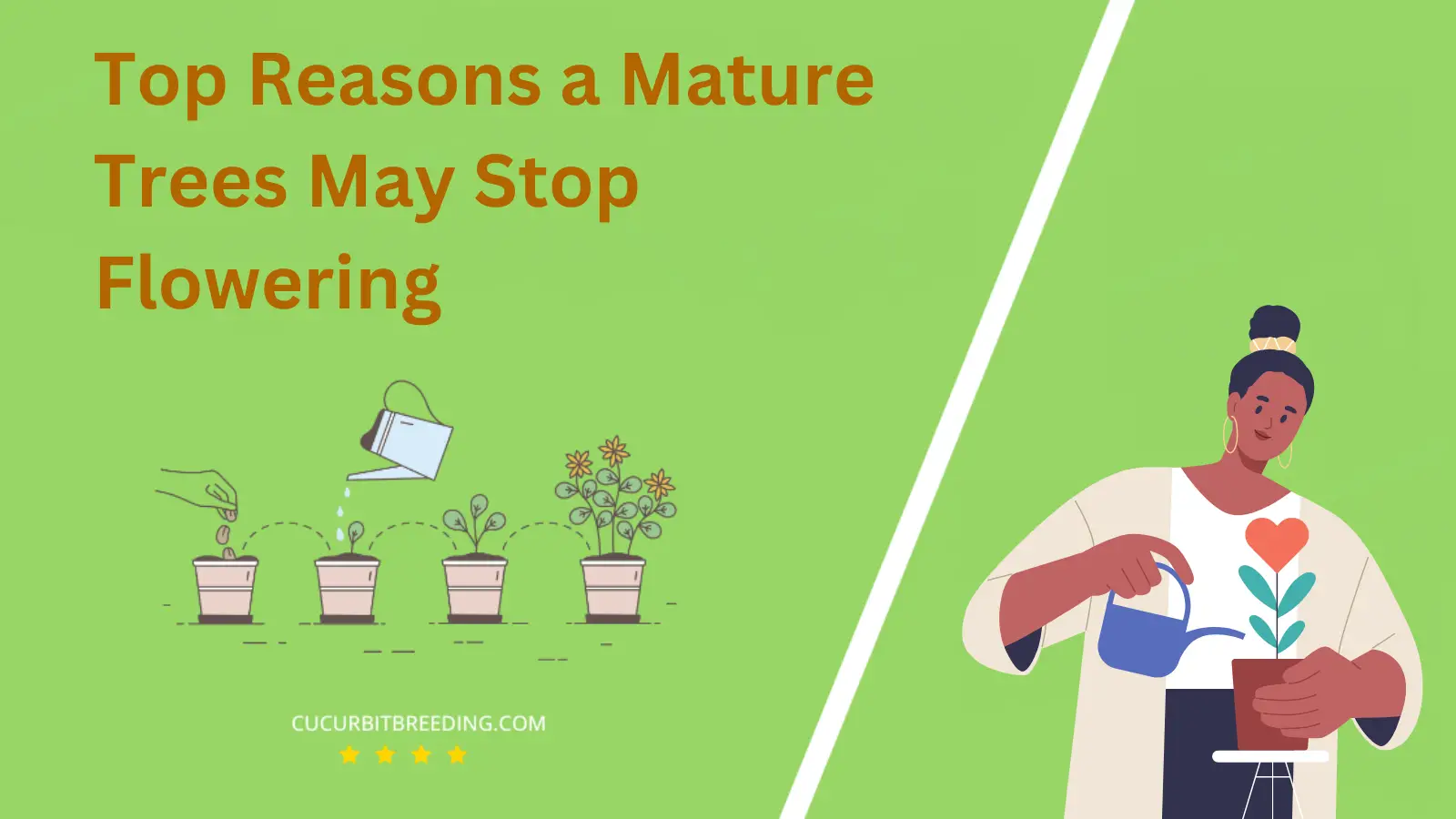
Curious about the cyclical wonders of nature, you’ve found yourself asking, “When do trees bloom?” This is a question that intrigues many, as the spectacle of blossoming trees heralds the arrival of different seasons. The answer, however, is not as straightforward as one might think.
From cherry blossoms to apple trees, the timing of their bloom is a complex process governed by various factors. Let’s delve into the world of trees and their beautiful blooms.
When Do Trees Bloom?
Trees bloom at different times depending on their species and geographical location. Generally, most trees bloom in the spring, between March and May, when the weather begins to warm up. However, some trees, such as the winter-flowering cherry, bloom in the colder months. Other factors that can influence when a tree blooms include the tree’s age, health, and the specific climate conditions of the year.
| Stage | Description |
|---|---|
| Germination | Varies by tree species. |
| Growth | Spring (March-May) |
| Blooming | Spring (March-May) |
| Dormancy | Winter (December-February) |
How Long Do Trees Bloom?
The blooming period of trees varies significantly depending on the species. Most trees bloom for one to two weeks, but some may bloom for a longer period, especially if they are in perfect growing conditions. For instance, cherry trees typically bloom for one to two weeks, while magnolias might bloom for three weeks or more. Some trees, like the redbud, bloom early in the spring while others, like the crepe myrtle, do not bloom until the summer.
How Light Affects Trees Blooms?
Light exposure significantly impacts tree blooms. Photoperiodism, or the response of an organism to the relative lengths of daylight and darkness, plays a considerable role in the timing of tree blooms. Trees need a specific amount of light each day to trigger flowering processes. Additionally, the intensity and quality of light can affect the health and vitality of the blooms.
On the other hand, trees that receive too much light, especially harsh, direct sunlight, may have their blooms damaged or prematurely wilted. Trees can also adapt to different lighting conditions. For instance, in areas with low light intensity, some trees have evolved to bloom earlier in the spring, when the canopy is not fully developed, allowing them to take full advantage of available light.
In summary, light affects tree blooms by influencing their growth, health, and blooming period. Thus, when managing tree blooms, it’s crucial to consider the amount, intensity, and quality of light the tree is exposed to.
Will Trees Bloom in the First Year You Plant Them?
Whether or not a tree will bloom in its first year after planting depends on several factors including the type of tree, its age, and the conditions in which it is planted. Generally, many trees do not bloom in their first year as they spend this time establishing their root system and acclimating to their new environment. However, some species, especially those that are mature when planted, may bloom the first year. Therefore, it’s best to consult with a local nursery or horticulture expert for specific guidance on a particular type of tree.
Will Trees Bloom Every Year?
Yes, most trees will bloom every year. The blooming period of a tree usually depends on its type and age. Fruit trees, for example, bloom annually to produce fruit. However, there are exceptions in some species, and different environmental conditions may also affect the blooming. Therefore, while it is common for trees to bloom every year, it is not a rule that applies to all.

Should I Deadhead Trees Blooms?
Generally, deadheading, the practice of removing spent flowers, is not necessary for trees. Most trees naturally shed their blooms without any adverse effects. However, for some ornamental trees, deadheading can help to improve their appearance and promote more blooms by redirecting energy from seed production to new growth. Always ensure to use a proper pruning technique to avoid causing harm to the tree.
Top Reasons a Mature Trees May Stop Flowering

Mature trees may stop flowering due to a variety of reasons. One of the primary reasons could be inadequate sunlight. Trees require a substantial amount of sunlight to produce flowers and fruits. If a tree is shaded by taller structures or other trees, it may not receive the required amount of sunlight, leading to a halt in flowering.
Another key reason could be nutrient deficiency. Trees require a range of nutrients to flower, and a deficiency of these nutrients in the soil can significantly reduce the tree’s flowering capacity. Further, the overuse of fertilizers can harm the tree’s roots, leading to a decrease in flowering.
Additionally, extreme weather conditions such as heatwaves, frosts, or droughts can also cause a tree to stop flowering. These conditions can stress the tree and disrupt its regular growth and flowering cycles. Lastly, a tree could stop flowering due to age. Like all living organisms, trees have a lifecycle, and as they mature, their capability to produce flowers may diminish.